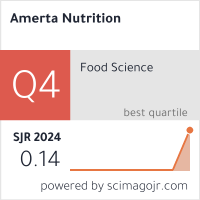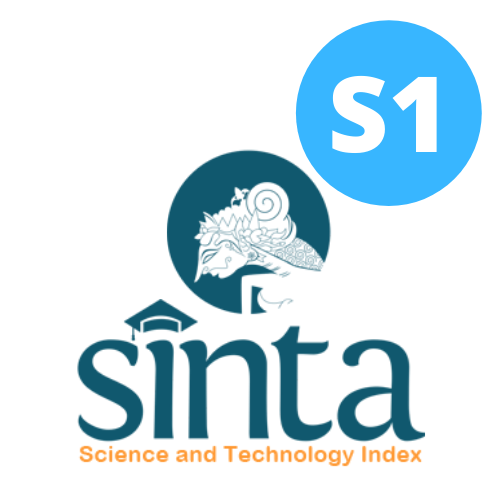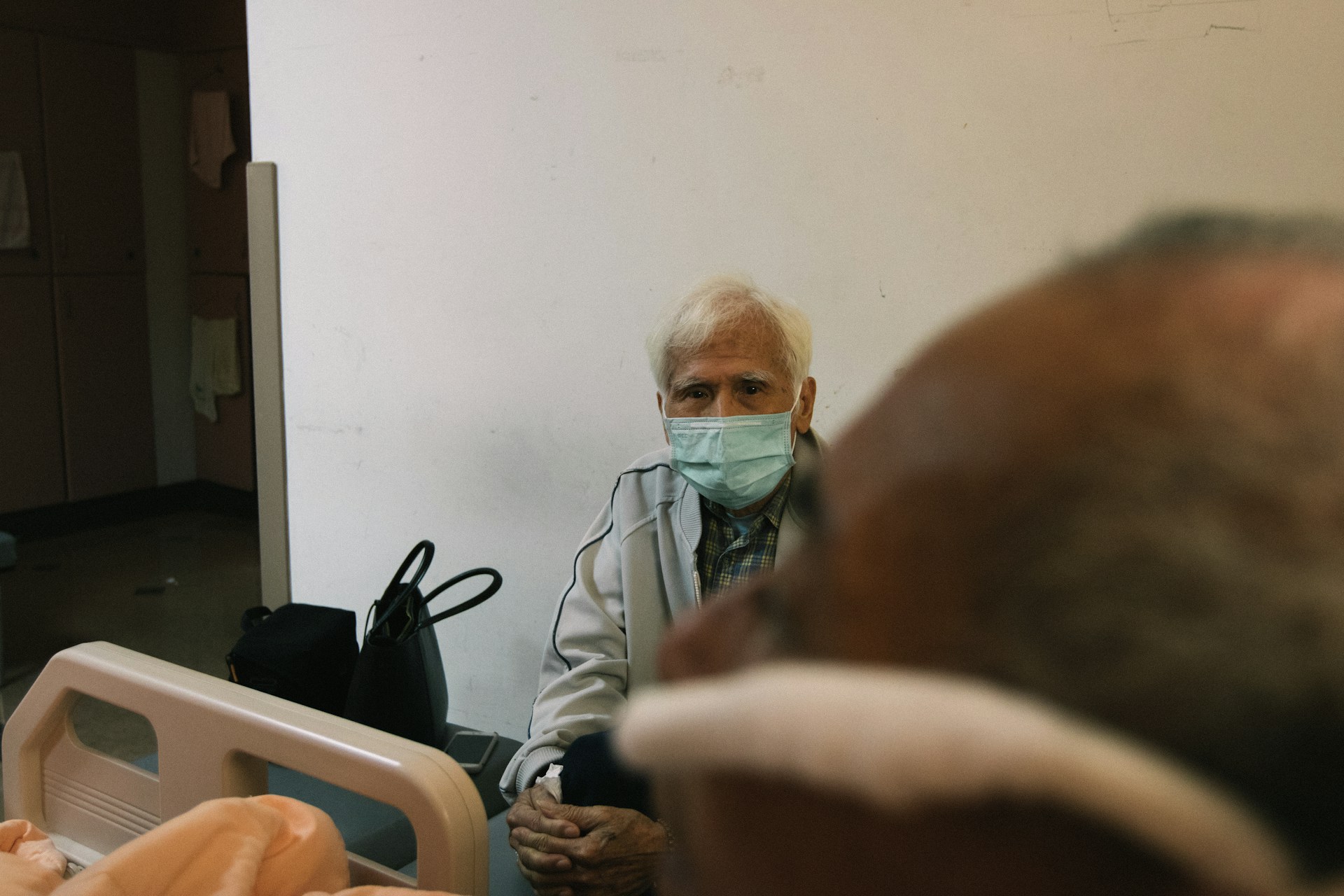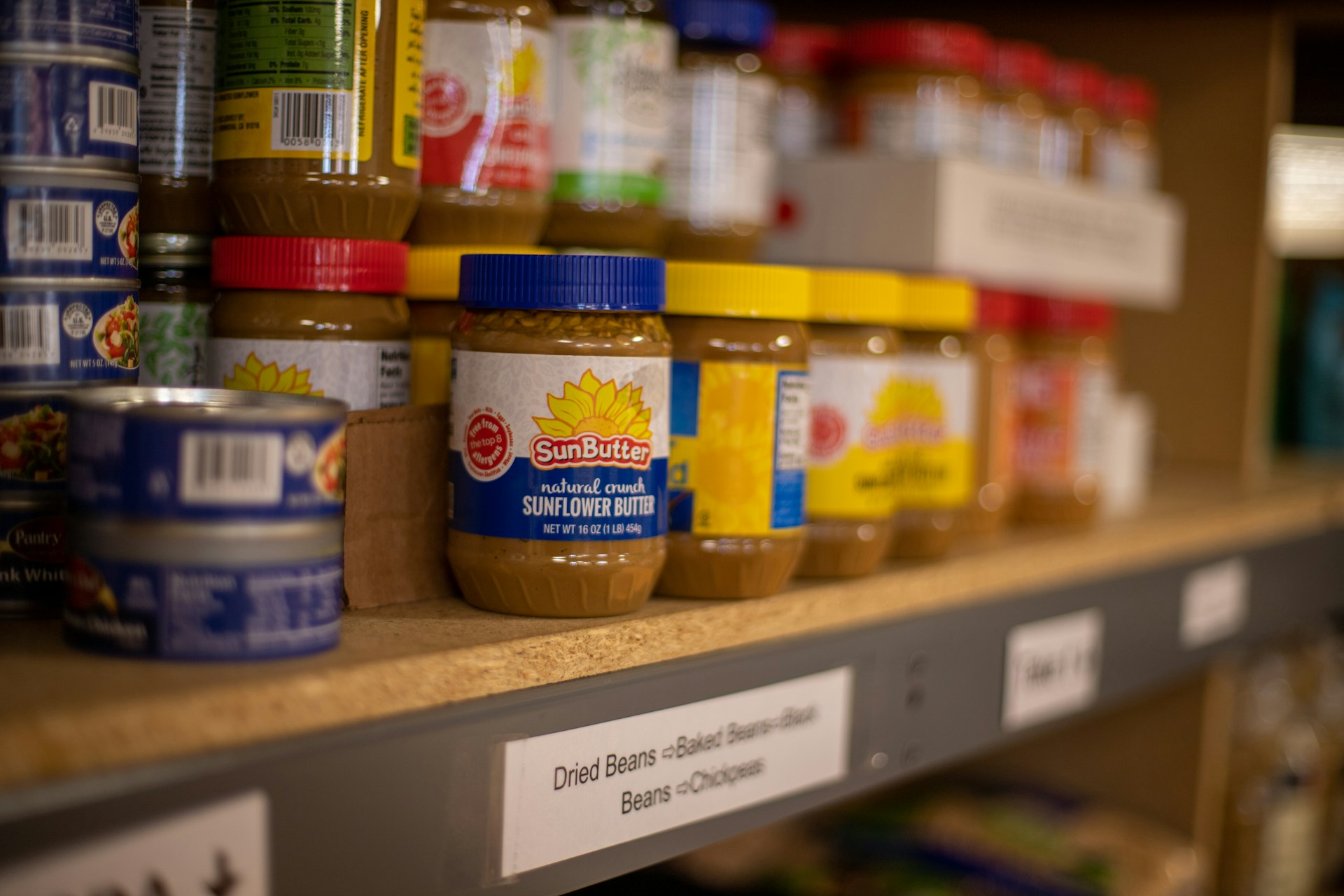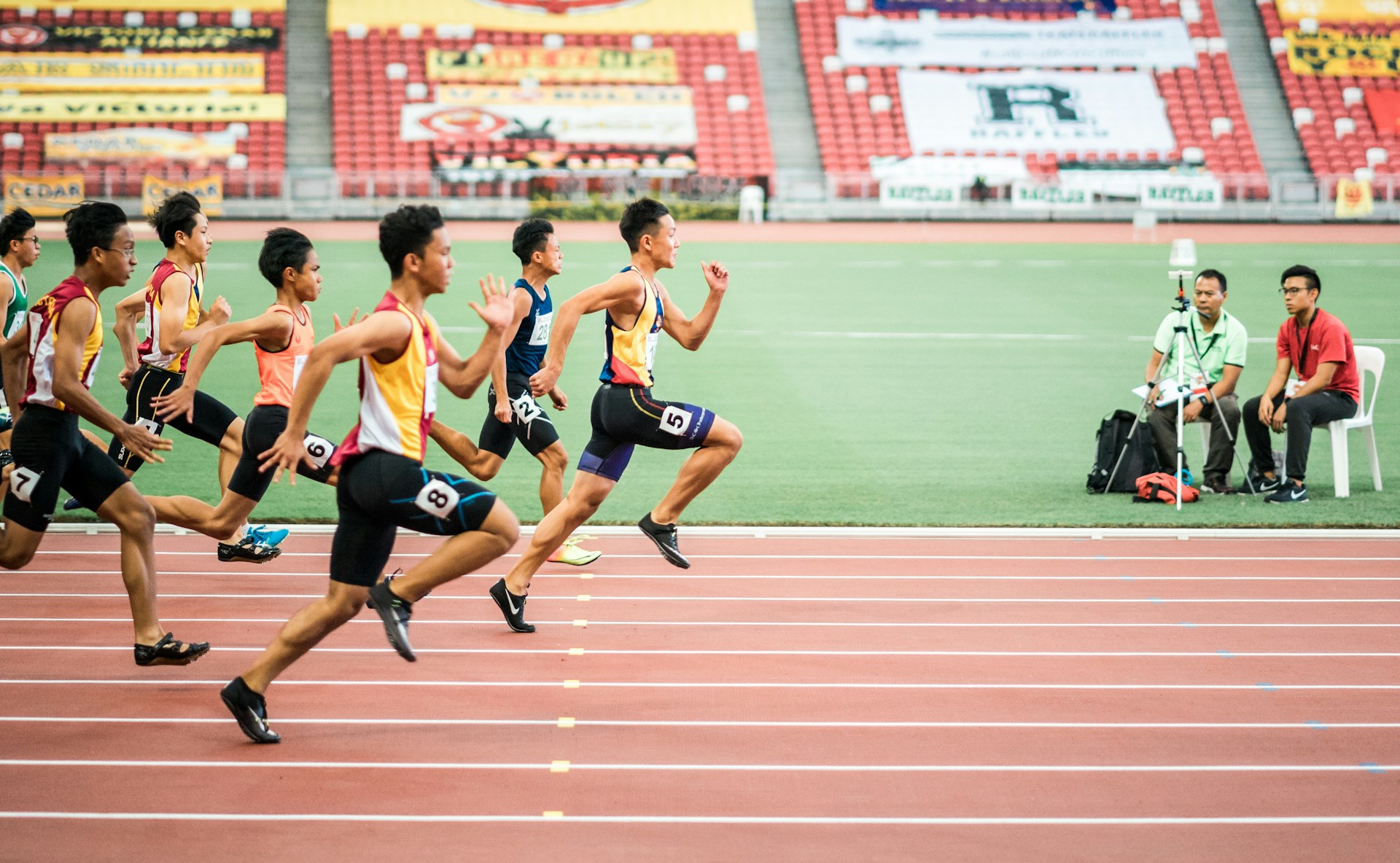Virtual Posyandu Program during the Pandemic Maintained Children’s Growth and Development
Program Posyandu Virtual di Masa Pandemi Mampu Menjaga Tumbuh Kembang Anak
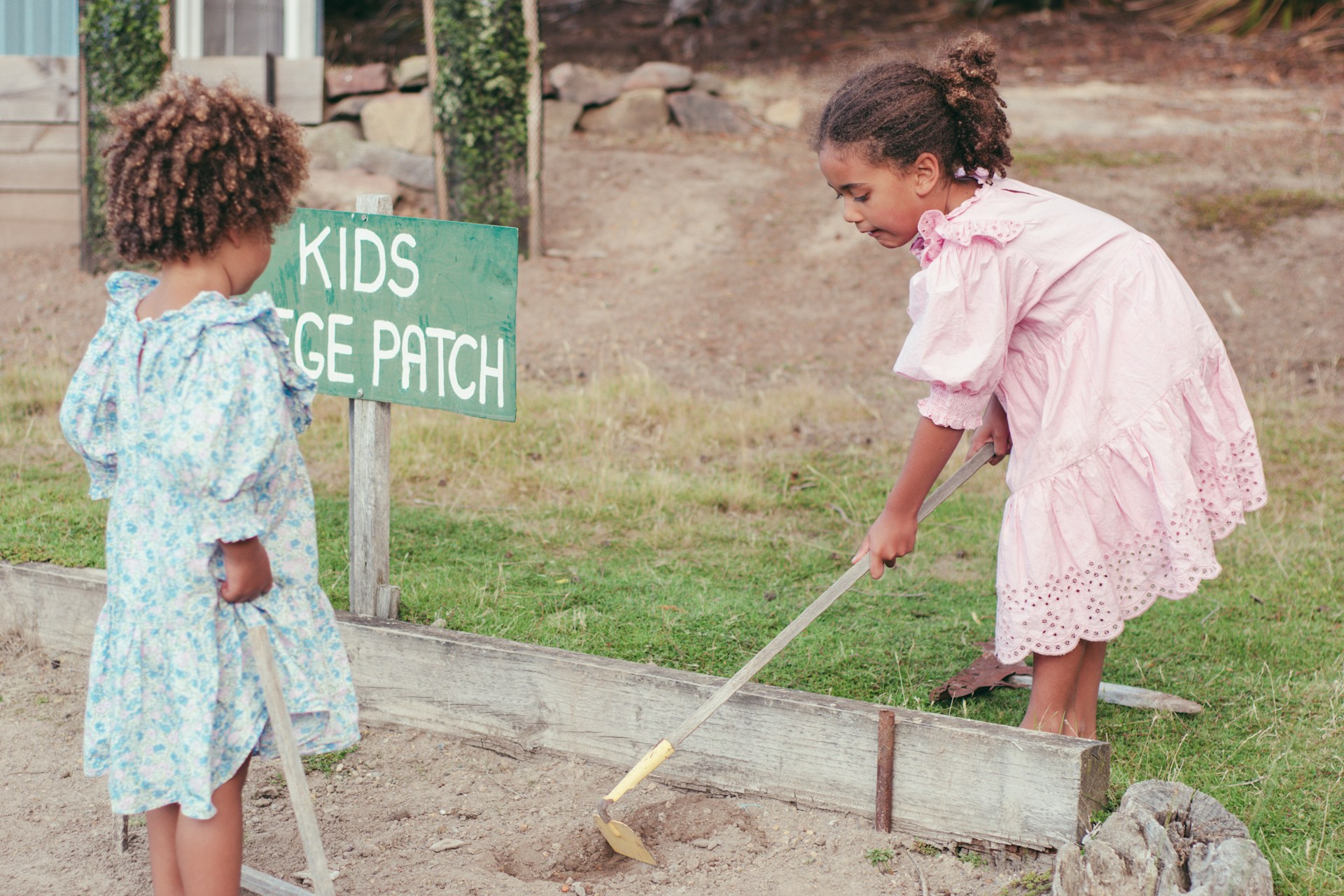
Downloads
Background:Posyandu program suspension due to COVID-19 has resulted in a decrease in monitoring children’s growth, leading to undetected problems. Understanding mothers' eating behavior plays a crucial role in preventing malnutrition, we must continue the program as a health promotion medium to enhance mothers' understanding and track children's growth and development.
Objectives: This research aimed to determine the effectiveness of virtual Posyandu program in strengthening cadre health promotion services for nutritionally vulnerable children in Jember Regency agricultural area during the absence of offline Posyandu.
Methods: The research was carried out September 2022-January 2023, implementing a 21-day intervention on 169 respondents from Puskesmas Arjasa and Paleran (representing two different socio-cultures). The cadres utilized the application to enhance children's nutritional health and instruct parents on its usage. The success parameter is that there were significant differences between the growth and development of children pre- and post-program. Growth variables were assessed by measuring nutritional status according to Ministry-of-Health Regulation, before and after the intervention, while development variables were assessed using a Developmental Pre-Screening questionnaire (DPSQ).
Results: The virtual Posyandu program in both Puskesmas demonstrated significant differences (p<0.001) in children's growth and development parameters, such as height-for-age, weight-for-height, and DPSQ, between the pre- and post-program periods. Despite the challenges posed by the pandemic, the program has effectively maintained children's growth and development.
Conclusions: Balitagrow© Android-based application in virtual Posyandu program effectively maintained children’s growth and development in pandemic era and worth continuing to be developed according to user needs.
INTRODUCTION
The results of the 2022 Indonesian Nutritional Status Study showed the distribution of children experiencing malnutrition in Indonesia is most common in children aged 0-59 months and located in rural/agricultural areas1. It is suspected that the cause is not due to the unavailability of food in agricultural areas but rather the choice of food that is less suitable to meet the needs of children based on their age2;3;4. According to our previous study, mothers' adequate knowledge of eating behavior may prevent the occurrence of stunting and undernutrition in children under five (CUF)5.
The prevalence of nutritional problems, which can cause stunting, malnutrition, and even indirectly result in a child's death, has been connected to various socioeconomic factors such as parenting style feeding, parental knowledge, customs, etc. In an effort to develop formulas for nutritional health promotion, prevention, and rehabilitation through dietary change, this has led to numerous studies and thorough searches6;7;8. According to Arini, one reason for CUF's good nutritional status is their toddlers' eating patterns, which include varying the foods they eat. Thus, wealthy households that don't invest the time to properly raise their children may also experience low-quality food intake and food and nutrition issues9.
A holistic approach to improving nutritional quality can begin with primordial, primary, secondary, and tertiary preventive measures. This includes providing nutritional knowledge and awareness (through gadgets, lectures, and multimedia information), as well as production, diversification, and consumption of nutritious foods. To reduce the occurrence of malnutrition, we need to implement intensive preventive interventions, such as enhancing the role of cadres in thePosyanduprogram and leveraging technology to effectively communicate information to parents.Posyanduprogram is a community-based program in Indonesia, that is implemented in each working area ofPuskesmas(Public Health Center), that aims to improve maternal and child health by providing health services, including monitoring the growth and development of CUF years old10. In the pandemic era, most of thePosyanduprograms were absent because the risk outweighs the benefit.
The delay of thePosyanduprogram at the beginning of the COVID-19 pandemic led to a 67.76% decrease in monitoring the growth of CUF11. The availability of the Posyanduprogram has been associated with child weight status in Indonesia12. Although the pandemic era has come to an end, , the innovation of a virtualPosyanduprogram needs to be considered for its benefit in helping mothers monitor their children's development13. Parents can access several applications at home, including “Balitagrow©”, “Pengecekan Status Gizi”, “Kalkulator Gizi” and “Primaku”. Parents can download the application on their smartphone from the Google Play Store to monitor their children's growth and development at home. Balitagrow© is not only monitoring growth parameters but also providing nutritional management recommendations in the form of education and daily nutritional advice. Therefore, this research aimed to determine the effectiveness of virtualPosyanduprogram in strengthening cadre health promotion services for nutritionally vulnerable children (CUF) in the agricultural area of Jember Regency during thePosyandubreak in Pandemic era.
METHODS
This study used a community trial design in Arjasa and Paleran Public Health Center working area with high levels of stunting. Prevalence of stunting in Arjasa District in 2022 was 10.61% which is one of 11 districts with a prevalence of stunting above the target. From several Public Health Centers in Jember, unfortunately Arjasa and Paleran are home to stunted toddlers. These two places were chosen to represent an agriculture area with two different socio-culture conditions, given that Jember City is home to two major ethnicities or communities that could potentially yield different results. When designing clinical research for chi square analysis with a predicted risk ratio of 2 and a predicted proportion of cases not
receiving intervention of 0.3, sample size calculators came up with 152 as the minimum number of cases. A total of 169 samples (83 samples in control group and 86 samples in intervention group) were randomly selected by cadres from thePosyandumembers. ThePosyandumembers who have lived in those two districts for at least 1 year, have a child under 5 years old, have an Android phone, have internet access, and can communicate well were included in the criteria. We excluded them if they couldn't participate in the research until its completion.
We conducted the research at multiple points in time, from September 2022 to January 2023. We introduced the application to both groups during this period, but only the intervention group received help in using it. The intervention, which lasted 21 days, involved cadre partners and the use of the Balitagrow© application, which our team developed to promote nutritional health for CUF and instruct parents on its use. For example, if one respondent started on October 1, the respondent would finish on October 21, and if it started on December 2, it would finish on December 22, and so on. The research team monitored the Balitagrow© application usage through the application master websiteFigure 1, Whatsapp© groups, and regular Zoom© meetings. Several features used from the Balitagrow© application was Nutritional Status (Calculator), Diagnosis of Nutritional Status, Recommendations in educational videos and short articles, Daily Nutrition (Type of food) filled for 7 Days, Type of food deficiency, and food recommendation. These features were designed to help parents
Ministry of Health of the Republic of Indonesia. The Launch of Indonesian Nutritional Status Study (Launching Hasil Studi Status Gizi Indonesia). (2022).
Moga Lencha, F., Jebero Zaza, Z., Ena Digesa, L. & Mulatu Ayana, T. Minimum dietary diversity and associated factors among children under the age of five attending public health facilities in Wolaita Soddo town, Southern Ethiopia, 2021: a cross-sectional study. BMC Public Health 22, (2022).
Nkonde, C., Audain, K., Kiwanuka‐Lubinda, R. N. & Marinda, P. Effect of agricultural diversification on dietary diversity in rural households with children under 5 years of age in Zambia. Food Sci. Nutr. 9, 6274–6285 (2021).
Purwestri, R. C. et al. Agricultural contribution to the nutritional status of children: A comparative study of annual crop, agroforestry, and mixed‐farming type in Buol, Indonesia. Food Energy Secur. 11, (2022).
Marchianti, A. C. N., Rachmawati, D. A., Astuti, I. S. W., Raharjo, A. M. & Prasetyo, R. The Impact of Knowledge, Attitude and Practice of Eating Behavior on Stunting and Undernutrition in Children in The Agricultural Area of Jember District, Indonesia. J. Berk. Epidemiol. 10, 140–150 (2022).
Precious, F. K. et al. Why nutrition programs for children remain important. in 187–215 (2023). doi:10.1016/bs.af2s.2023.08.002.
Leech, R. M. et al. Characterizing children’s eating patterns: does the choice of eating occasion definition matter? Int. J. Behav. Nutr. Phys. Act. 18, 165 (2021).
Van der Spek, L. & Sonneveld, B. G. J. S. Analyzing the impact of an MDG-Fund program on childhood malnutrition in Timor-Leste. J. Health. Popul. Nutr. 43, 46 (2024).
Arini, H. R. B., Hadju, V., Thomas, P. & Ferguson, M. Nutrient and Food Intake of Indonesian Children Under 5 Years of Age: A Systematic Review. Asia Pacific J. Public Heal. 34, 25–35 (2022).
Anwar, F., Khomsan, A., Sukandar, D., Riyadi, H. & Mudjajanto, E. S. High participation in the Posyandu nutrition program improved children nutritional status . Nutr. Res. Pract. 4, 208 (2010).
Al Farizi, S. & Harmawan, B. N. Decreasing coverage of co-production based on maternal and child health services (Posyandu) during the COVID-19 pandemic in Indonesia. Cogent Soc. Sci. 9, (2023).
Andriani, H., Liao, C. Y. & Kuo, H. W. Association of maternal and child health center (Posyandu) availability with child weight status in indonesia: A national study. Int. J. Environ. Res. Public Health 13, (2016).
Rinawan, F. R. et al. Understanding mobile application development and implementation for monitoring Posyandu data in Indonesia: a 3-year hybrid action study to build “a bridge” from the community to the national scale. BMC Public Health 21, 1–17 (2021).
Ministry of Health of the Republic of Indonesia. Anthropometric Standards Assessment of Nutritional Status of Children. (2011).
Sepasgozar, S. et al. Posyandu Application for Monitoring Children Under-Five: A 3-Year Data Quality Map in Indonesia. Int. J. Geo-Information 11, 1–14 (2022).
Özen, G., Güneş, B., Yalçın, S. & Yalçın, S. S. Mother-child pairs’ eating and feeding behaviours in two different nutritional status from two distinct provinces. BMC Pediatr. 24, 1–11 (2024).
Albanna, B. & Heeks, R. Positive deviance, big data, and development: systematic literature review. Electron. J. Inf. Syst. Dev. Ctries. 85, 1–22 (2019).
Samodra, Y. L., Hsu, H. C., Chuang, K. Y. & Chuang, Y. C. Family economic trajectories and body mass index in Indonesia: Evidence from the Indonesian Family Life Surveys 2 to 5. Prev. Med. Reports 34, 102262 (2023).
Cooper, K. & Stewart, K. Does Household Income Affect children’s Outcomes? A Systematic Review of the Evidence. Child Indic. Res. 14, 981–1005 (2021).
Marchianti, A. C. N., Sakinah, E. N. & Diniyah, N. Nutrition Counseling on Group of First Thousand Days Of Life Effectively Improved Nutrition Awareness Knowledge and Attitude. J. Agromedicine Med. Sci. (2017) doi:10.19184/ams.v3i3.5331.
Islam, M. N., Islam, I., Munim, K. M. & Islam, A. K. M. N. A Review on the Mobile Applications Developed for COVID-19: An Exploratory Analysis. IEEE Access 8, 145601–145610 (2020).
Prowse, R. & Carsley, S. Digital interventions to promote healthy eating in children: Umbrella review. JMIR Pediatr. Parent. 4, (2021).
Chau, M. M., Burgermaster, M. & Mamykina, L. The use of social media in nutrition interventions for adolescents and young adults-A systematic review HHS Public Access. Int J Med Inf. 120, 77–91 (2018).
DiPiazza, B., Rampersad, G. & Odoms-Young, A. Key Considerations for Nutrition Education Programs and Interventions for Individuals Experiencing Food Insecurity. (2023).
Brouwer, I. D. et al. Reverse thinking: taking a healthy diet perspective towards food systems transformations. Food Secur. 13, 1497–1523 (2021).
Id, M. O., Cô Té, S. M., Tremblay, R. E. & Doyle, O. Impact of an early childhood intervention on the home environment, and subsequent effects on child cognitive and emotional development: A secondary analysis. (2019) doi:10.1371/journal.pone.0219133.
Sudarmilah, E., Saputra, D. B., Firdaus, A., Arbain, B. & Murtiyasa, B. Web-Based System for Growth and Development Monitoring Early Childhood. J. Phys. Conf. Ser. 1874, 12024 (2021).
Copyright (c) 2024 Amerta Nutrition

This work is licensed under a Creative Commons Attribution-ShareAlike 4.0 International License.
AMERTA NUTR by Unair is licensed under a Creative Commons Attribution-ShareAlike 4.0 International License.
1. The journal allows the author to hold the copyright of the article without restrictions.
2. The journal allows the author(s) to retain publishing rights without restrictions
3. The legal formal aspect of journal publication accessibility refers to Creative Commons Attribution Share-Alike (CC BY-SA).
4. The Creative Commons Attribution Share-Alike (CC BY-SA) license allows re-distribution and re-use of a licensed work on the conditions that the creator is appropriately credited and that any derivative work is made available under "the same, similar or a compatible license”. Other than the conditions mentioned above, the editorial board is not responsible for copyright violation.






